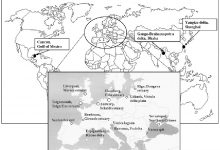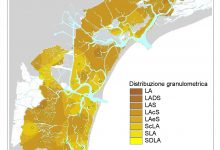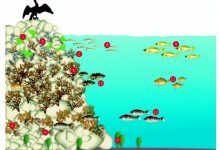Published on 18-03-2022
Coastal areas represent important urban settlements and contribute significantly to the production of wealth and well-being of many states. THESEUS is based on four basic observations: The main objective of THESEUS is to examine the application of innovative mitigation and adaptation technologies in coastal areas aimed at obtaining safe (or low-risk) coasts for both human activities and coastal habitats, in a context characterized by the continuous rise of the level of the sea and a changing climate. The primary objective is to develop an integrated methodology for planning sustainable defense strategies aimed at managing coastal erosion and floods and which include aspects of a technical, social, economic and environmental nature. CORILA Università di Bologna Theseus casi studio. THESEUS – FP7
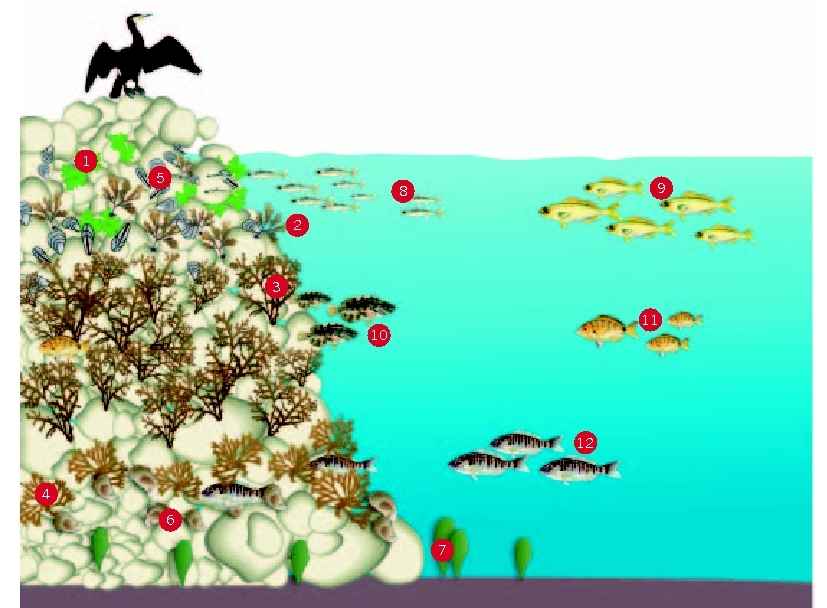
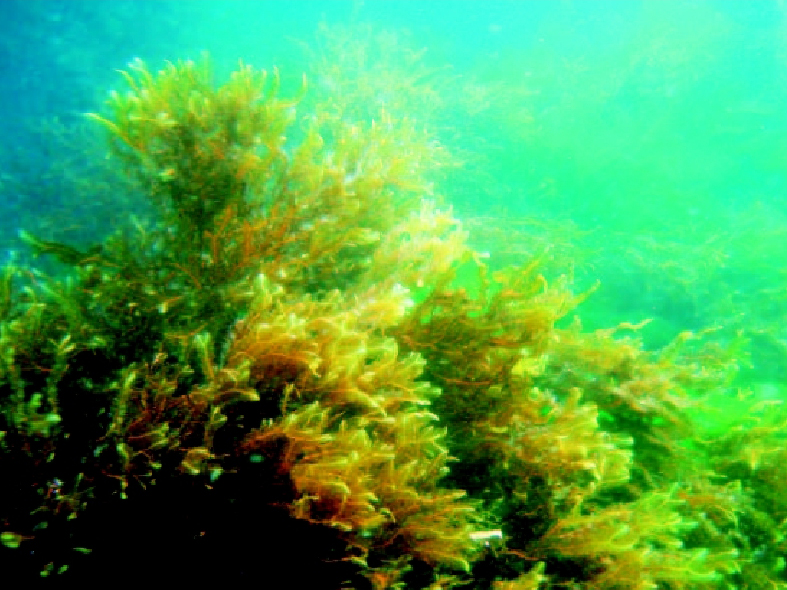
The European coasts extend for about 17,000 km with a coastal area of about 2 million square kilometers crossing 20 of the 27 Member States. In the last 50 years the resident population in coastal cities has more than doubled, reaching 70 million inhabitants in 2001. The value of economic assets located within 500 meters from the European coasts is estimated between 500 and 1,000 billion euros in 2000.
1. Large coastal stretches in Europe, characterized by a high population density and economically significant, are now at risk of coastal erosion and flooding
2. Climate change and mean sea level rise (estimated on the basis of SRES scenarios between 0.2 and 0.8 meters / century) cause the frequency and intensity of erosive and flood events to increase, while trends of socio-economic development contribute to increasing assets and properties at risk
3. Traditional approaches to managing these risks are not compliant with the Habitats Directive, as they focus on the safety of people at the expense of coastal habitats.
4. Europe has not yet taken steps to develop an integrated approach for the assessment and management of the growing risks of erosion and flooding that takes into account the various aspects related to people and the environment.
Recently, coastal protection and water management in coastal areas has focused on “keeping water out”, “protecting properties from water”, and “living dry”. In the world, and especially in various European areas, there has been a change in the approach to coastal protection in response to the increase in risks and uncertainty generated by climate change. The future of flood defense strategies is, in some ways, a return to the past: the focus is now on “making room for water” and tools that provide for certain areas that they are “sacrificed” to floods. Traditional defense techniques have shown their limits. First of all, the environmental and socio-economic implications of traditional coastal defense works must be taken into consideration. Furthermore, the collective perception has changed (moving from the demand for “hard” defenses towards “softer” measures) and will continue to evolve, while climate change will continue to increase the risks.
This purpose is achieved through the pursuit of three specific objectives, concerning:
1. Risk assessment
2. Response strategies
3. The application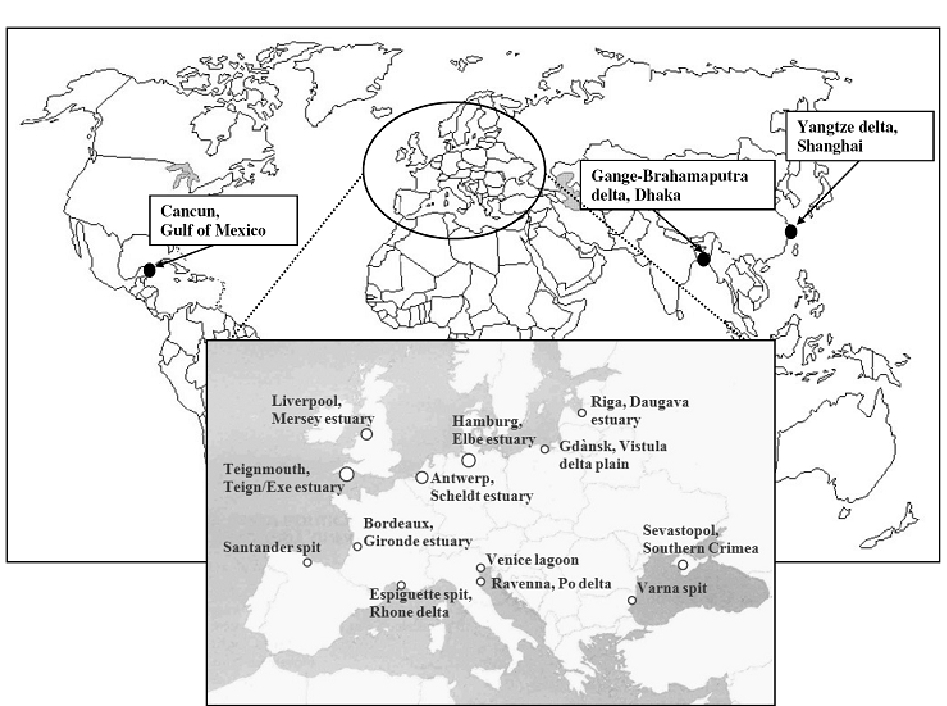
Media





